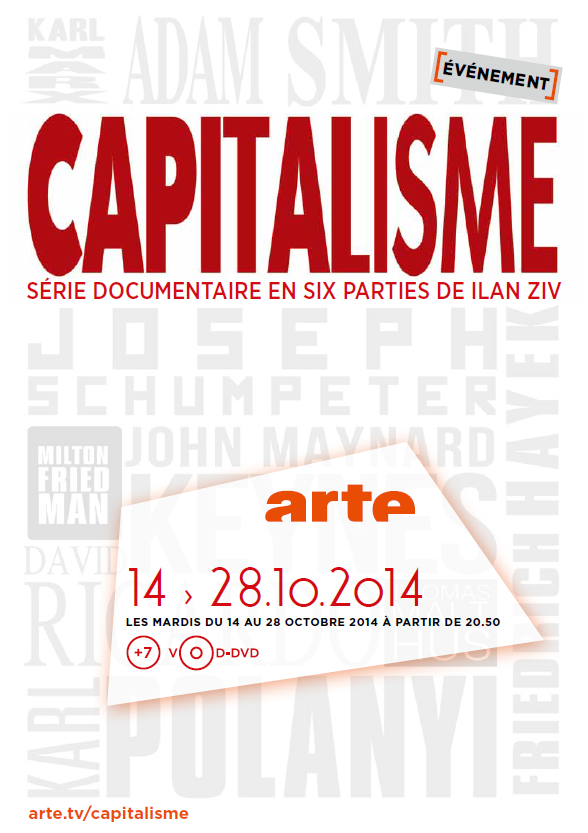Noah Smith, now writing regularly for Bloomberg, had a
piece on this subject. There are a few good points on how New Keynesians are really followers of Friedman, something Mankiw admitted long ago, and how everybody including conservative economists (meaning GOP economists like John Taylor and Ben Bernanke) are New Keynesians (these would be the potty trained GOP economists, not your supply-side fringe economists like Arthur Laffer). Note that this is essentially correct as pointed out here before, since New Keynesians accept fully Friedman's notion of a natural rate of unemployment, while Keynes explicitly said he wanted to reject the twin concept of a natural rate of interest.
Noah also suggests that Keynes only wanted stabilization policies, and no redistributive policies, which is more open to debate. Keynes was certainly a moderate reformer trying to save capitalism from itself, and was no fan of the Soviet experiment. On the other hand, he was an Asquith liberal, meaning concerned with the expansion of the welfare system, and knew that
laissez-faire, if it had advantages in the past, was essentially dead.
In the
General Theory (GT) he famously starts
chapter 24, on his social philosophy, with the idea that: "the outstanding faults of the economic society in which we live are its failure to provide for full employment and its arbitrary and inequitable distribution of wealth and incomes." That is, income distribution is squarely in the middle of his preoccupations, and the socialization of investment at the center of his solution (let alone the euthanasia of the rentier). Using public investment, and one would imagine taxes, to deal with employment and income distribution, plus compressing the remuneration of rentiers, and keeping low rates of interest to expand the safety net, are not simply stabilization policies.
On the main topic of his piece, however, Noah is simply wrong. He argues that the reason why: "people think Keynesianism is socialism-lite [is] the fault of Keynes’s main intellectual opponent, Friedrich Hayek." First, while it's true that Keynes and Hayek had a few debates in the 1930s (but the key Keynesian author in these debates was actually Sraffa, not Keynes), prompted by Lionel Robbins plan to make the London School of Economics (LSE) an alternative to Cambridge, it is preposterous to say that Hayek was the main intellectual opponent of Keynes. In the GT, it was his own teacher Pigou, and the Marshallian tradition in Cambridge that Keynes was battling. In his personal debates Robertson was certainly more relevant than almost any other conventional (Marshallian) economist. Hayek was irrelevant.
Second, Hayek basically vanished,
literally, after the 1940s only to reaper in the 1970s as a result of his dubious "Nobel"/Bank of Sweden's prize (see Sissela Bok's, Myrdal's daughter,
story on that topic). By that time Keynes and Keynesianism were already dirty words. Early on Keynesian ideas were associated, fairly or not, with Roosevelt and the New Deal in the US, and then to the war coalition government in the UK, the Beveridge Report and the post-war Labour reforms. Keynesian economists were in many cases persecuted, like
Lauchlin Currie, the first economist to work inside the White House, and one of the early Keynesians. But by the 1950s and 1960s (particularly after the Kennedy administration) one kind of Keynesianism was dominant anyway (the Kennedy tax cut and the economists working for his administration are the symbol of the dominance of Keynesian ideas).
So you ask why indeed did Keynesianism become a dirty word? Simply because even if Keynes had differences with Roosevelt (FDR was actually a sound finance guy) and with Labour, his ideas did provide the intellectual basis for New Deal policies, particularly after the 1937-38 recession, and for the expansion of the Welfare State in general. The economists that where against these policies by the 1940s were in the minority. Mont Pelerin is, if anything, prove of their sheer irrelevance. Friedman years later would complain about how ostracized he was (but less than Hayek, since he accepted the ISLM/Phillips curve apparatus of the Neoclassical Synthesis Keynesians; and that's why New Keynesians, who are really followers of Friedman, can say they are Keynesian, by the way). Liberalism, in the US sense of the word, was at its height. But the rise of conservatism (Goldwater was a joke back then) eventually transformed liberalism into a dirty word (that's why we use progressive now rather than liberal).
Hayek was resuscitated very much like conservative ideas. By the big bucks of business leaders and their think tanks that were against the New Deal. The rise of Hayek or of his renewed respectability results from the same forces that explain why Keynesianism and the New Deal kind of welfare policies fell in disrepute, to the point that
Niall Ferguson could say that Keynesianism was flawed because Keynes was childless and gay. Oh well.
PS: In fact, the title of this blog is related to the view that Keynesianism is a dirty word, and that some people (Galbraith) unashamedly teach naked Keynesianism to innocent college kids. For more see
here.

















-3.gif)
